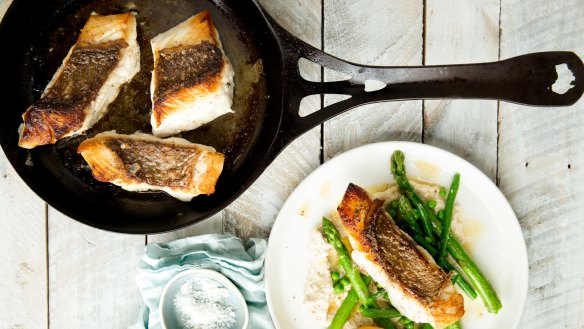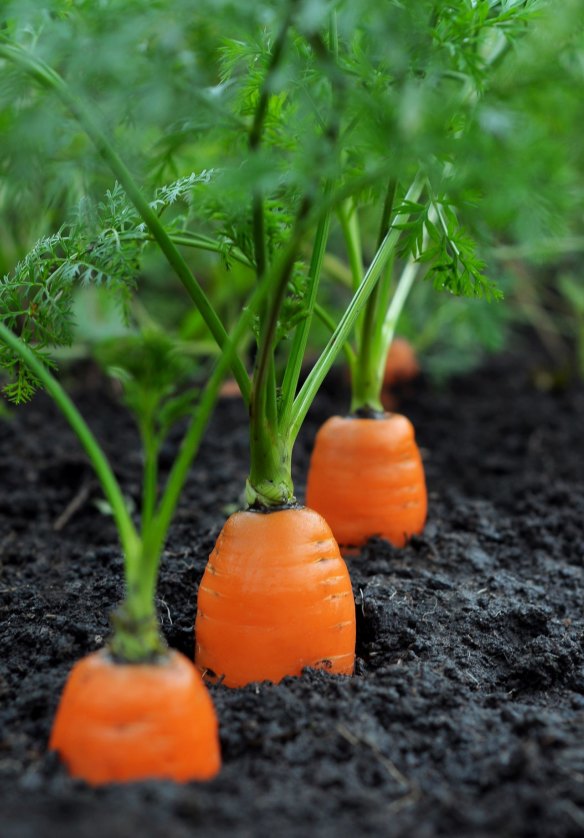Richard Cornish's rules for storing fresh fish

I remember mum's sweet, buttery carrots. She died last year and I didn't get a chance to ask her about how she did them before she went. – M. Venturan
In the words of so, so many TV coroners, "Sorry for your loss." Doubly so that your mother didn't get to pass on her method of cooking carrots. I take great comfort in making lamb shanks in the same way my late grandmother showed me. The way I stir in the cornflour and water to thicken the sauce still reminds me of her and the way she maintained a girlish laugh well into her 80s.
Sweet butter-glazed carrots was a traditional way of adding sweetness and flavour to old, big, slightly woody carrots. Peel and quarter some big carrots lengthways. With a paring knife, remove the woody core if necessary. Cut carrots into centimetre lengths and place in a large heavy-bottomed saucepan with 30g of unsalted butter and a tablespoon of honey to every 500 grams of carrots. Season with a little salt, partially cover the carrots with cold water and bring to the boil over high heat, then cover and simmer. The cooking time will depend on the carrots. With very old carrots it can be as long as 30 minutes.

When the carrots soften, remove the lid and allow the liquid to reduce to form a syrup. Serve with spring lamb, minted peas, mashed potato and James Last playing on the phonogram. Enjoy with a glass of wine and have a drink in remembrance of your mum.
What is good to serve with asparagus? – K. Hiller
Asparagus is a really good source of glutamic acid, which tastes savoury. To enhance the experience serve asparagus with foods that are also high in this amino acid. Grated parmesan and balsamic vinegar are excellent. Butter, fried pancetta and sherry vinegar make an ideal dressing. Grate a hard boiled egg over some asparagus with some finely grated pecorino, grated lemon rind, capers and olive oil. The only trouble is asparagus makes most wine taste rubbish. Try any of the above with a Sancerre or Pouilly-Fume or a local cool-climate sauvignon blanc.
How do I store fresh fish fillets? – P. Cummins
Don't! Cook them and eat them. No fish, except red mullet, improves with age. Oh, and those poisonous sharks from Greenland that are buried in the ground and are turned into breathtakingly putrid hakarl.
Fish flesh, particularly white fish, is very delicate and begins to break down very quickly. Oxygen speeds this along while very low temperatures slow this down. Take fish fillets and place them in a single layer in a resealable plastic bag. Remove as much air as possible (slide the bag into sink of water and the water pressure will force the air out). Seal the bag. Reduce the temperature by placing on a tray and sliding into the freezer for 10 minutes then return the fish to the fridge between two ice packs, if you have them. (This is not essential but will help sustain the quality of the fish). Use within two days.
brainfood@richardcornish.com.au
Twitter and Insta @Foodcornish
The best recipes from Australia's leading chefs straight to your inbox.
Sign up- More:
- How to
